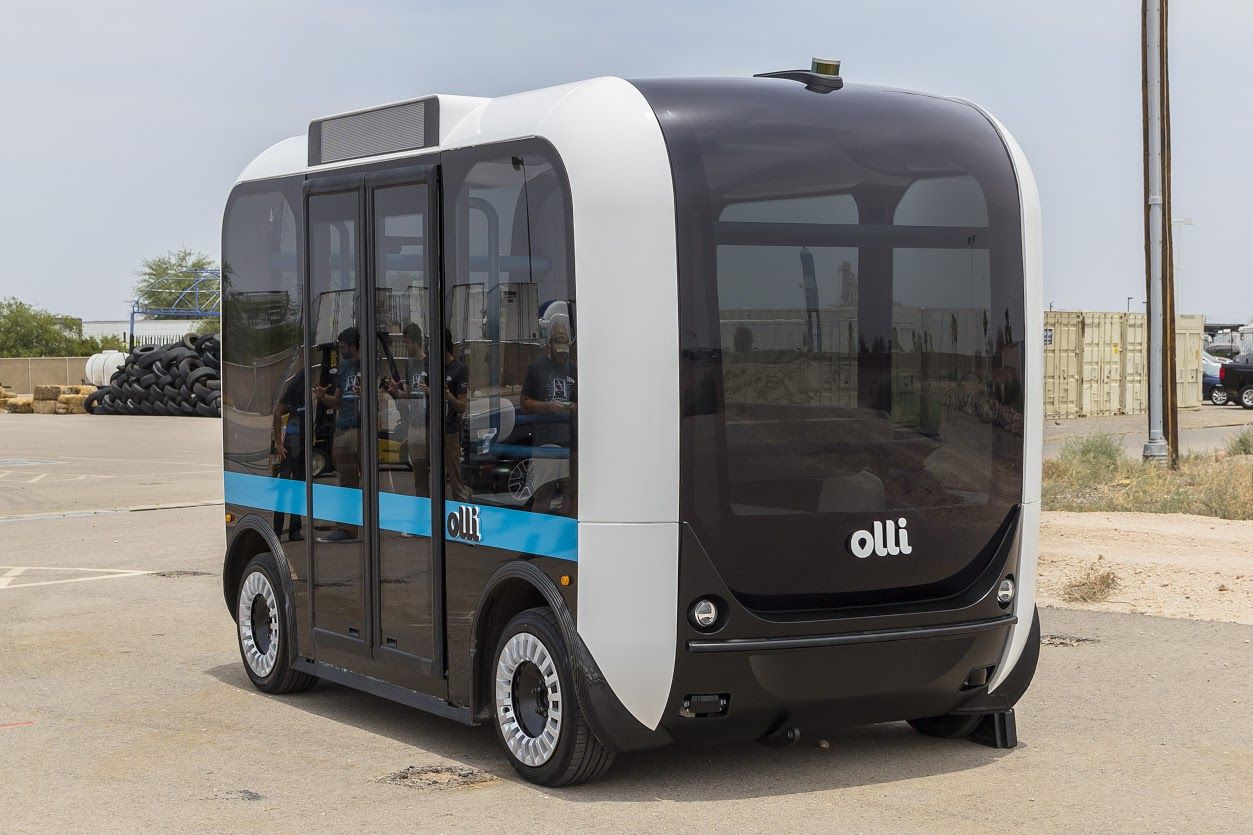Working like a CEO; hmmm. Do they realize how hard many CEOs work? I am not talking about the Jamie Diamons or the Bezos of the world; but the majority CEOs in the world.
Get ready for a team of automated assistants.


Will the good bots finish last in the war of bots? Dark bots are definitely not that easily stopped by AI in companies.
The bot era is here, and the world has already begun to see its transformative potential. But like any technology, there will be bad bots as predictably as good ones. With every advancement, there are people looking to exploit it. Anticipating what they might do is key so that builders, developers, and users can prevent, preempt, and prepare.
Here are the “dark bots” we’re likely to see:
The Stealthy Bot
This is a bot whose ownership is unknown, giving it the freedom to cheat with impunity. Trust and verification is essential for security on any platform. On the Web, services like Truste, VeriSign, and others have provided the trust infrastructure needed. For apps, Apple and Google do the same. Credit card issuers and payment platforms do as much for merchants offering paid services. But who will provide the trust infrastructure for bots? Will messaging channels certify bot developers? Each channel has a different approval process now. It will be crucial to arrive at a shared certification process.


The more that DARPA works on NextGen Military equipment and machines; it feels like 1970s Star Wars is coming to life. Autonomous Jets with Death Lasers, dissovable weapons after usage, etc. Actually, this is good and bad.
DARPA’s transient technology was initially developed under an aptly named DARPA program called VAPR for “Vanishing Programmable Resources.” This program seeks electronic systems capable of physically disappearing in a controlled, triggerable manner.
“These transient electronics should have performance comparable to commercial-off-the-shelf electronics, but with limited device persistence that can be programmed, adjusted in real-time, triggered, and/or be sensitive to the deployment environment,” said DARPA.
VAPR aims to enable transient electronics as a deployable technology in the battlefield. Examples of these transient electronic devices are large-area distributed networks of sensors that decompose into the ground on command.


We have been hearing predictions for decades of a takeover of the world by artificial intelligence. In 1957, Herbert A. Simon predicted that within 10 years a digital computer would be the world’s chess champion. That didn’t happen until 1996. And despite Marvin Minsky’s 1970 prediction that “in from three to eight years we will have a machine with the general intelligence of an average human being,” we still consider that a feat of science fiction.
The pioneers of artificial intelligence were surely off on the timing, but they weren’t wrong; AI is coming. It is going to be in our TV sets and driving our cars; it will be our friend and personal assistant; it will take the role of our doctor. There have been more advances in AI over the past three years than there were in the previous three decades.
Even technology leaders such as Apple have been caught off guard by the rapid evolution of machine learning, the technology that powers AI. At its recent Worldwide Developers Conference, Apple opened up its AI systems so that independent developers could help it create technologies that rival what Google and Amazon have already built. Apple is way behind.




This guy is just… wrong.
Just totally and completely WRONG.
PERIOD.
Britain’s leading astronomer has called on Europe to end human spaceflights because he says they are no longer cost effective or a benefit to science.
Astronomer Martin Rees told CNN that the European Space Agency (ESA) should focus on robotic exploration instead.